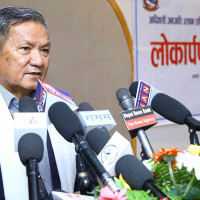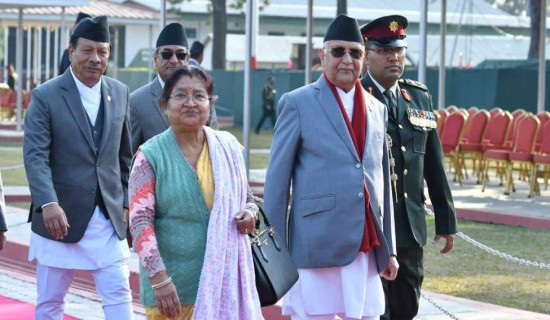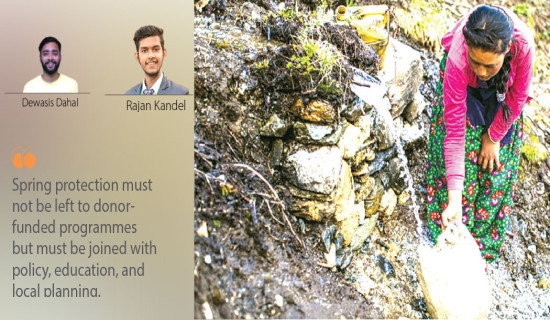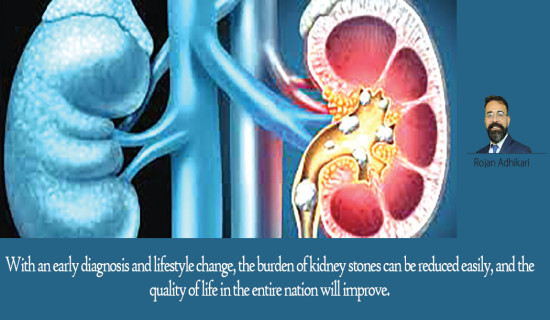- Saturday, 30 August 2025
Health Reforms Underway
The government has taken a series of measures to revamp the health sector plagued by geographic disparity, chronic underfunding, human resource crunch, and weak government-level coordination. It is striving to ensure accessible, equitable, and quality health services for the citizenry. Minister for Health and Population Pradip Paudel said that the ministry had launched ambitious reforms aimed at providing universal health care to the people. Upon completing one year in office, Paudel made this remark, unveiling the achievements the ministry had made under his leadership.
Despite the attempts to decentralise the health services, health governance has often remained centralised. Local governments lack the technical expertise and necessary resources to provide uninterrupted services. Against this backdrop, coordination mechanisms across federal, provincial and local government have been activated, the National Public Health Committee operationalised, eight technical subcommittees created and 10 major health-related bills, including the Health Service Bill finalised or advanced. The ministry attempts to address long-standing ambiguities about authority, service delivery, and management of human resources — the core issues that froze earlier attempts at reforms.
Nepal has struggled to fill even basic health posts in remote and rural areas for years. The Ministry's plan to recruit over 12,000 health workers within five years—2,100 of whom have already been cleared for integration—is a long-overdue commitment to human capital. However, recruitment goals must be matched by proper deployment strategy, training, and retention policies, especially for specialists and nurses whose distribution remains disproportionately urban-centred. The completion of 113 hospitals and 257 new wards is a positive step.
However, many buildings in the past remained closed or unused due to a lack of staff, medicine, or equipment. So providing regular services is just as important as building new facilities. The reform of the national health insurance programme is significant. For a country where basic expenditure drives families into poverty, the ability to provide up to Rs. 200,000 cover for eight serious illnesses and reduce the waiting time for services from three months to one is impressive. How effective these policies will prove to be for people who live far from hospitals, illiterate, or digitally excluded remains to be seen.
Efforts to digitise the health system through electronic medical records, digital laboratory services, and a national workforce registry suggest that the ministry thinks outside bricks and mortar. Digital infrastructure is not a silver bullet. Without universal training, data security controls, and system-wide interoperability, digitisation may reinforce confusion rather than fix inefficiency.
Meanwhile, the government's plan to implement preventive approaches for public health initiatives—like the rollout of HPV vaccines for teenagers, mental health care, and the declaration of Falgun as screening month for non-communicable diseases—are appreciable steps. These measures would help raise awareness of the health management strategies at the personal level. Finally, collaborations with India and diaspora-led health knowledge platforms like the Nepal Health Conclave indicate growing global engagement. The first year of Minister Paudel's tenure has brought a visible surge in energy, reflection, and hope. But momentum needs to be sustained.
Nepal's health sector needs bold, flexible, practical reforms backed by strong political commitment. If these efforts are translated into action, they could lay the foundation for stronger institutions. Ultimately, however, the real test will be whether people experience better healthcare in health posts, clinics, and hospital corridors with hassle-free services.

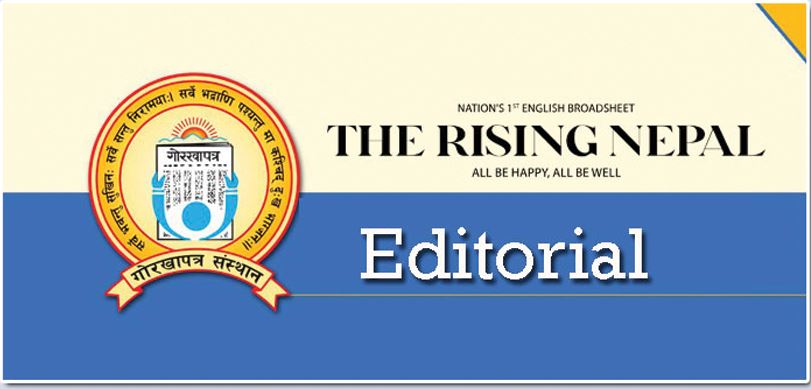


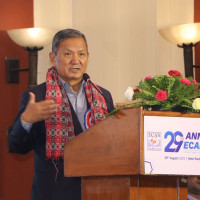
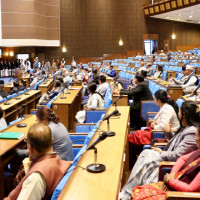
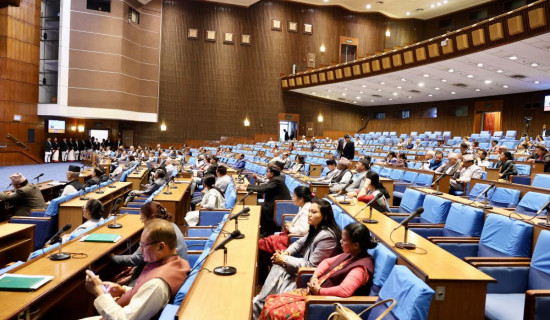
-square-thumb.jpg)
